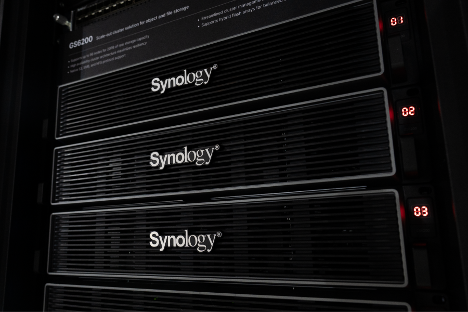Use of AI in cybersecurity surges in Singapore
Artificial Intelligence (AI) is
no longer a futuristic concept in cybersecurity but is now the frontline.
Fortinet, a global leader in cybersecurity, has unveiled findings from a 2025
IDC survey that show a dramatic surge in AI adoption across Singapore’s enterprises,
with 82% of organisations already integrating AI into their security
operations.
The IDC study, commissioned by Fortinet, highlights how AI is now
central to threat detection, incident response and even recruitment and
investment strategies. As cyber threats grow more sophisticated, AI is being
deployed not just to keep pace, but to get ahead.
AI: A double-edged sword
AI is transforming cybersecurity on both sides of the battlefield.
While defenders use it to automate detection and scale threat intelligence,
attackers are also leveraging AI to launch faster, stealthier and more adaptive
campaigns.
The survey found that some 56% of Singapore organisations
encountered AI-powered threats in the past year. Among them, 52% saw a two-fold
increase in threat volume, while 42% reported a three-fold surge. These attacks
often exploit gaps in visibility and governance, making them harder to detect
and contain.
From detection to prediction
AI’s role in cybersecurity is advancing rapidly. Beyond basic
detection, organisations are now deploying AI for automated response,
predictive threat modelling and behavioural analytics.
Generative AI (GenAI) is gaining traction for
tasks like updating rules, detecting social engineering, and guiding
investigations. However, trust in full autonomy remains low. Auto-remediation
is still rare, indicating that most teams are in the “co-pilot” phase of AI
adoption.
Building AI-first teams
The rise of AI is reshaping the cybersecurity workforce. The top
five roles in demand across Singapore include security data scientists, AI
security engineers and AI-specific incident response professionals.
Organisations are no longer just buying AI tools but building
teams around them. This reflects a broader trend of aligning talent with
technology to stay ahead of evolving threats.
Strategic spending and smarter
investments
Cybersecurity budgets
are increasing, but cautiously. While 86% of organisations reported budget
growth, 68% saw increases of less than 5%.
Spending is being
directed toward high-impact areas like identity security, Zero Trust
frameworks, and cloud-native protection. This marks a shift from
infrastructure-heavy investments to more targeted, risk-centric strategies.
Understaffed
and overwhelmed
Despite growing
executive attention, many cybersecurity teams remain stretched thin. Only 6% of
the total workforce is allocated to internal IT, and just 13% of that focuses
on cybersecurity. Less than 15% of organisations have a dedicated Chief
Information Security Officer (CISO), and only 6% have purpose-built threat
hunting teams.


































Leave A Comment